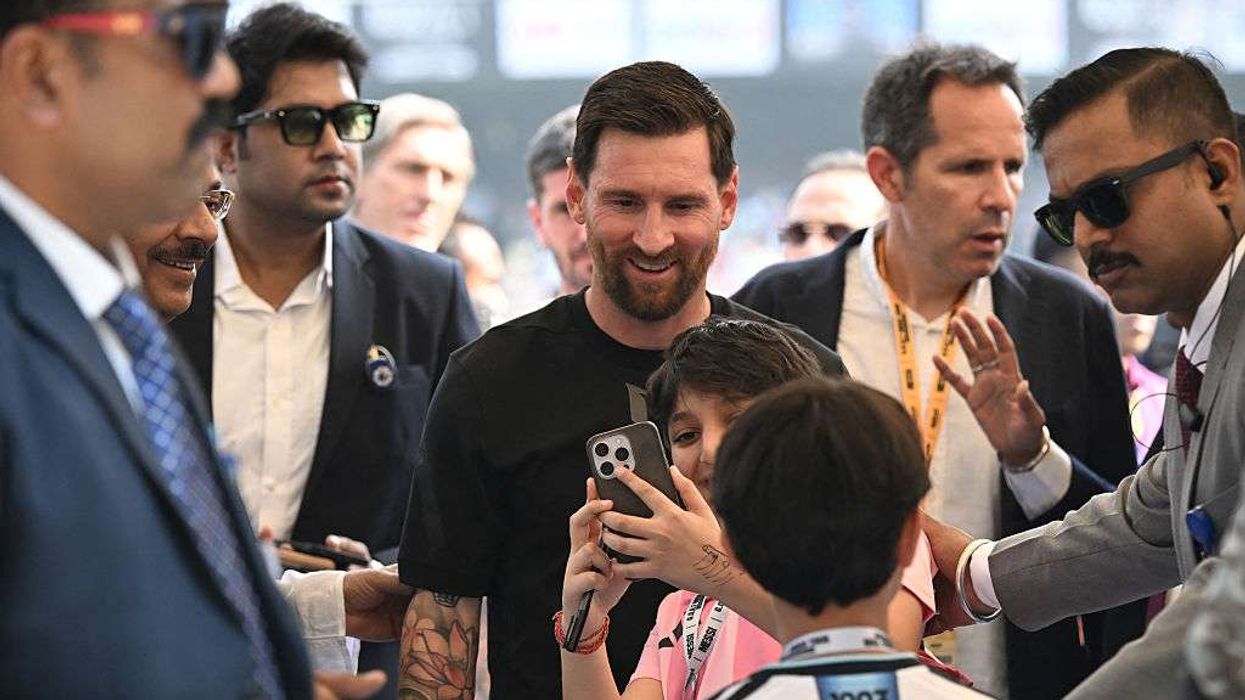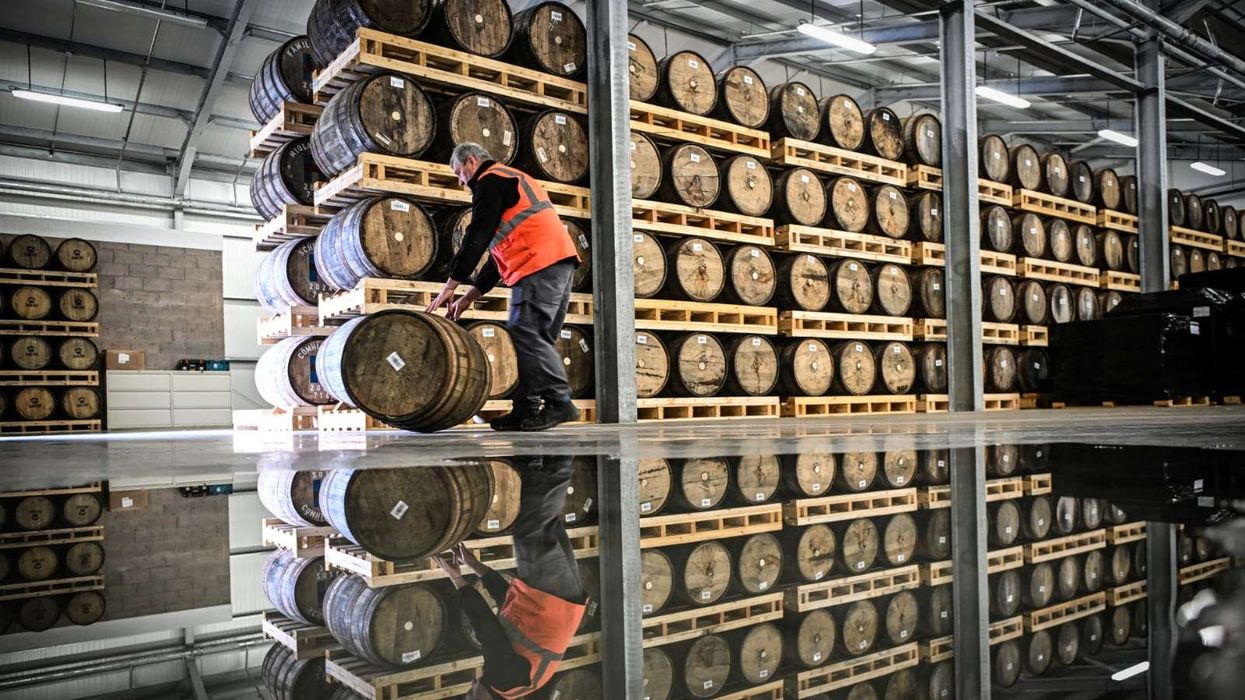TECH GIANT Google has said that it will move to a hybrid work week, where most employees spend around three days in the office and two days 'wherever they work best'.
According to a note by Google and Alphabet CEO Sundar Pichai, about 20 per cent of company's workforce will continue to work remotely after its offices reopen later this year, while about 60 per cent Googlers will come together in the office for a few days a week.
Pichai added that the company will offer opportunities for employees to apply for completely remote work based on their role and team needs.
"Since in-office time will be focussed on collaboration, your product areas and functions will help decide which days teams will come together in the office. There will also be roles that may need to be on site more than three days a week due to the nature of the work," he said.
Google has 139,995 full time employees worldwide and over 4,000 people in India.
The global firm has been investing in India as a strategic hub for its global product development. It has been expanding its employee base across product areas like Search, Cloud, Payments, AI research and has presence in four cities like Bengaluru, Hyderabad, Mumbai and Gurugram.
"Before the pandemic, we had thousands of people working in locations separate from their core teams. I fully expect those numbers to increase in the coming months as we develop more remote roles, including fully all-remote sub teams," Pichai said.
"These changes will result in a workforce where around 60 per cent of Googlers are coming together in the office a few days a week, another 20 per cent are working in new office locations, and 20 per cent are working from home."
Google staff will also be able to temporarily work from a location other than their main office for up to 4 weeks per year (with manager approval) going forward, the company said.
The company will also offer extra 'reset' days to help employees recharge during the pandemic in 2021.
Pichai added: "I am profoundly optimistic that once we do, we will be able to come back together in our offices to see all the people we have missed. And we'll be able to work together in entirely new ways that improve both our work and our lives. The future of work is flexibility."












